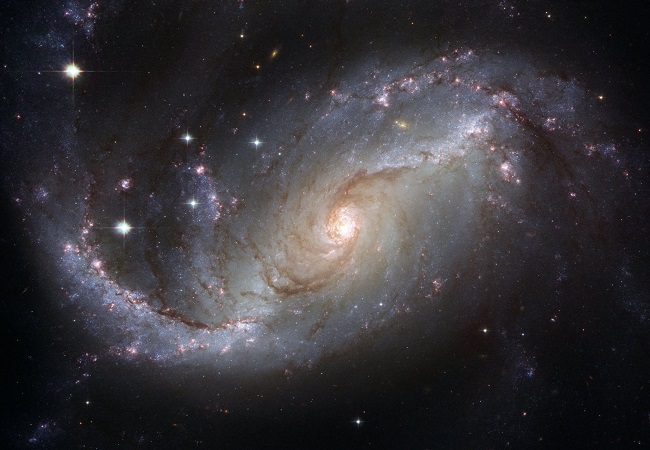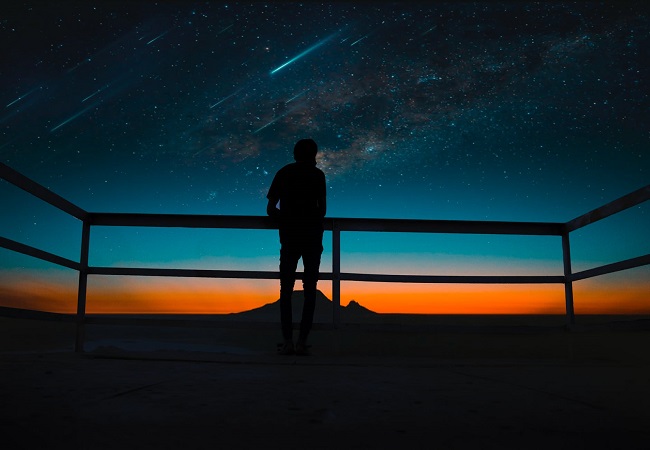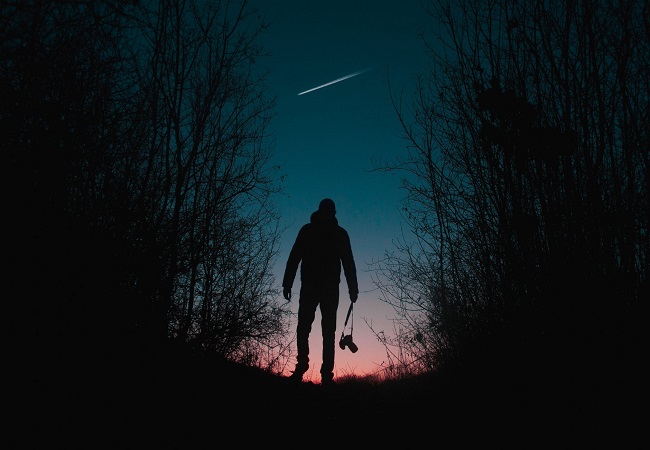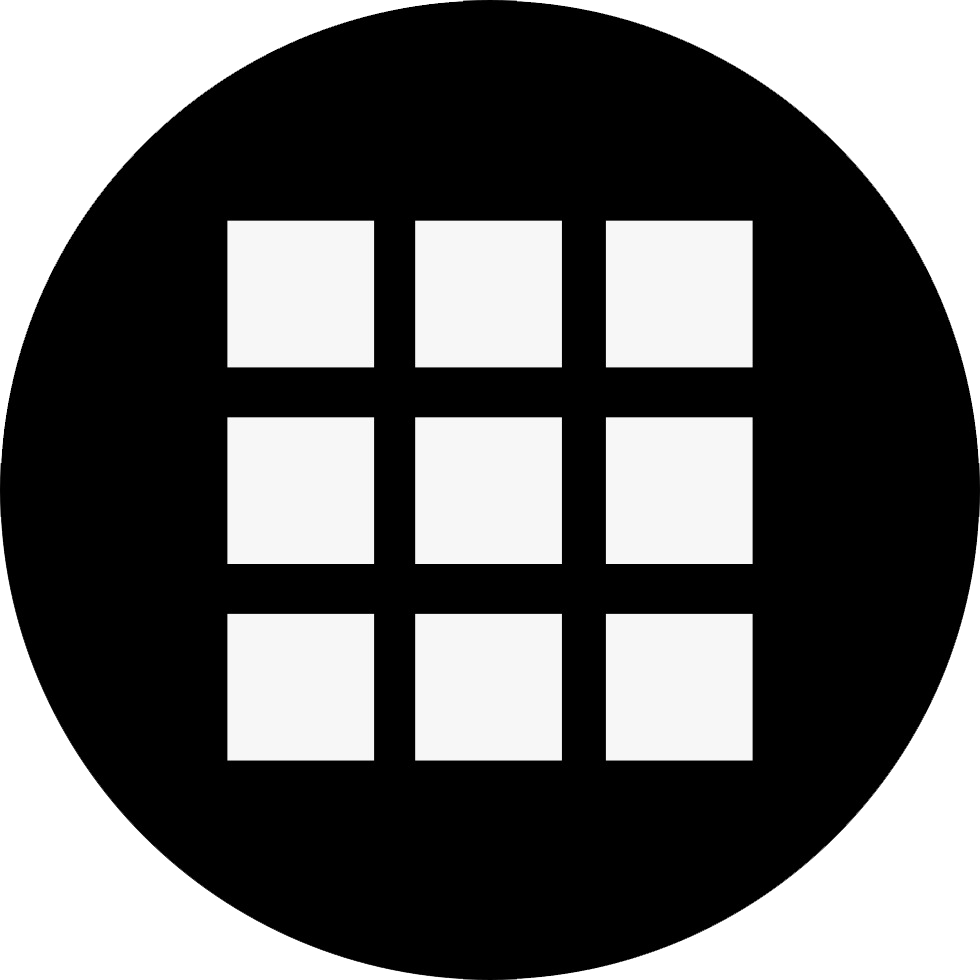
Meteor shower has always been the best time of the year when Perseid Meteor shower will take place on the warm August nights. That time of the year has come again when people will get to see the shooting stars falling down and illuminating the sky.
Whenever we hear Solar System, the first thing which pop up in our mind is the Solar System and the eight noteworthy planets starting from Mercury to Neptune.
Maybe a large number of us will likewise incorporate the matters circling the planets, similar to moons and orbital frameworks.
Meteor showers, also known as the shooting stars give us the most blissful times of the year. And one can enjoy its idyllic view in the middle of the night.
Alternatively known as the Perseid meteor showers, are one of the most popular meteor showers which spark the skylines on the warm summer nights of August.

As the most favorable time of the year, this time Perseid meteor showers will harvest a larger figure of showers this year. Perseid, alternatively known as Perseus, which is the largest constellation in the Northern Hemisphere.
Dating back to the Perseid meteor shower history, it originates from the constellation Perseus. Thus, the meteor shower is named the historic Perseus constellation of Perseus The Hero.
The stars in Perseus are far off light-years while these meteors collide around 60 miles over the Earth’s surface. On the off chance that any meteor endures its red-hot dive to hit the ground flawless. The rest of the segment is known as meteorite.
Maybe a couple – assuming any – meteors in meteor showers become shooting stars, be that as it may, in light of the unstable idea of comet jetsam. Most shooting stars are the remaining parts of space rocks.
In Northern Hemisphere, Perseid Meteor showers are the most delightful period each year. This year onlookers will be able to have the best view of the 10-15 Perseid meteor showers each hour in the bright moon light.
But according to NASA, when the sky is not illuminated by the bright moonlight. Viewers can expect to view 60 shooting stars each hour.
Each year, Earth passes the pathway of Comet Swift-Tuttle, also known as Perseid meteor shower parent. This year, Earth will pass through the pathway the Comet-Swift Tuttle during 17 July-24 August.
Comet Swift-Tuttle, is the biggest object in the space which is recurrently passed by Earth. Comet’s debris litter its orbit. But people don’t get into the thick comet rubble, until the first week of August appears.
Back in 1992,it passed the Earth at the time of its orbital round. The astrology prediction suggests such event will again take place in the year 2126.
Comet Swift Tuttle spread into small pieces and fragments and collides with the Earth’s upper atmosphere. Thus, illuminating the sky with the enjoyable Perseid meteor showers.
Parent of the Perseid meteor shower, Comet Swift Tuttle takes a longer circle when outside the circle of Pluto at a far distance from the sun, and inside the Earth’s circle when nearest to the sun. It circles the sun in a time of around 133 years.

To enjoy the delightful Perseid meteor shower illuminating the skylines, one can view it through the darkest zones.
In the darker zones,the shooting stars will appear to be more glistening. The Perseid meteor shower will be visible on the mornings of August 11, 12 and 13. Viewers can get the finest view of Perseid meteor shower from the Northern Hemisphere and also from the mid-southern latitudes.
When viewing the shooting stars in the darker zones. One may find it slightly problematic in adjusting their eyes while viewing it and the process may take up to 20 minutes.
Several sky watchers often camp up at the suburbs or the country side to have the best view of the Perseid meteor shower.
Onlookers can hope to view the 10-15 Perseids on an hourly basis. Viewers would not be in need of specific binoculars or large telescopes to view the shooting stars. People can also utilize the Interactive Meteor Shower Sky Map to locate the present direction of the meteor showers in the sky.
But the visibility of bright moon may hamper the view of the viewers. To get the best view of the Perseid meteor shower of the year, viewers are recommended to initiate it from watching it from morning of 9 August to Sunday 11 August.
There will be extensively more sans moon survey time then than at the Perseids’ imaginable crest from late night August 12 until dawning of August 13. Meteor showers are often predicted by the ration of them falling down is often unpredictable.
You might also like to read about Sun Trine Jupiter 2019 to know more about its effects on your lives.
2,829
2,829




Choose your and your partner's zodiac sign to check compatibility